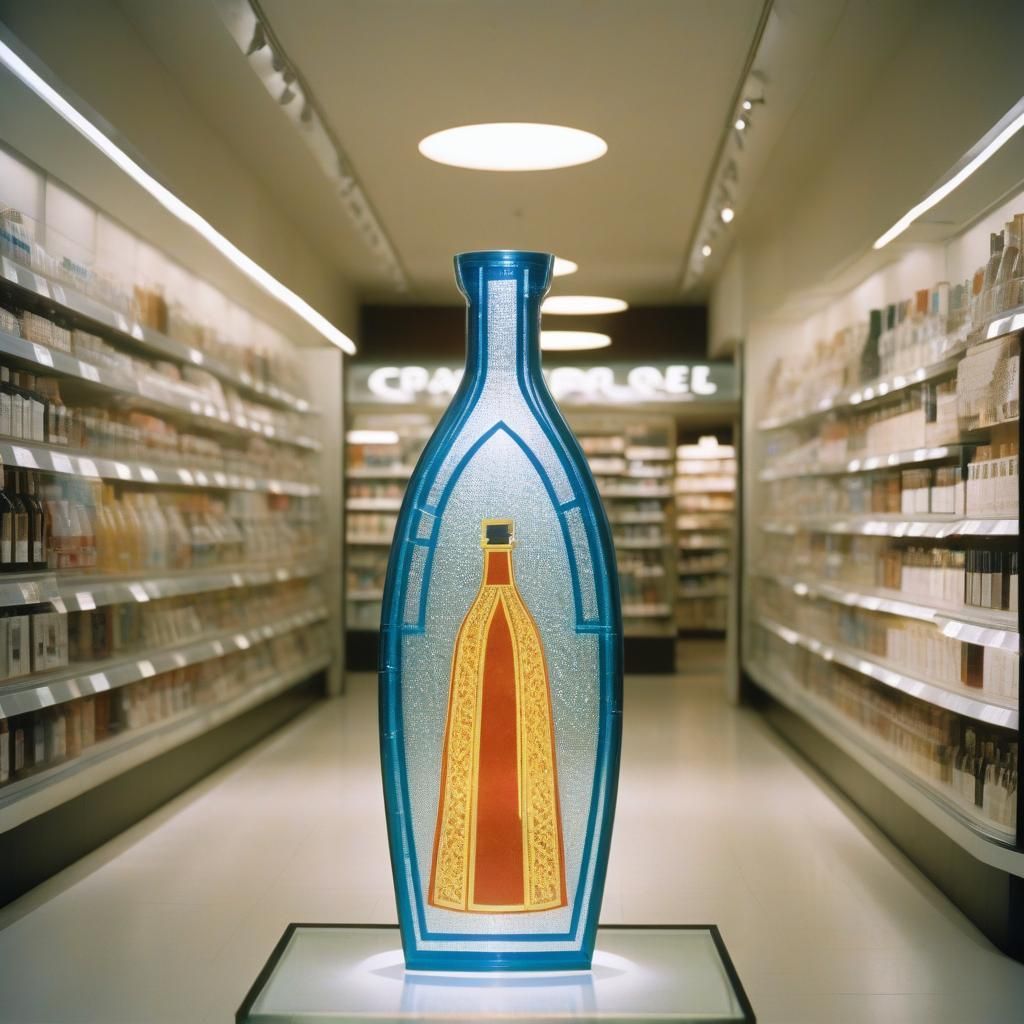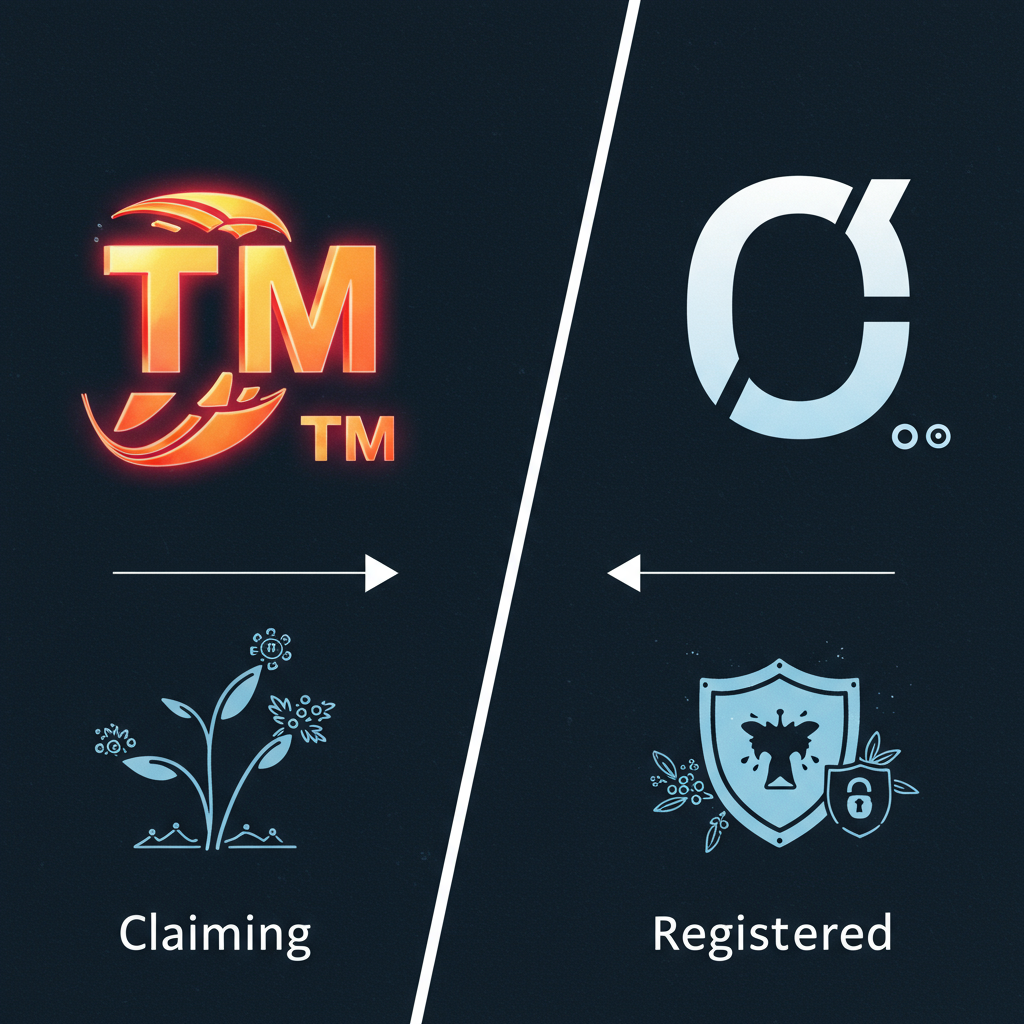How Long Does a Trademark Last?
Your Brand's Lifespan, Explained!

Here’s the million-dollar question...
So, you've poured your heart, soul, and hard-earned cash into building a cracking brand. You've dreamt up a ripper name, crafted a memorable logo, and finally secured that precious trademark registration. Excellent work! But here’s the million-dollar question that keeps many savvy Aussie entrepreneurs up at night: How long does a trademark last? It's a critical query, because just like that trusty ute needs a regular service to keep humming, your brand's legal protection needs ongoing attention.
Ignoring the lifespan of your trademark is like building a magnificent sandcastle only to let the tide slowly wash it away. Understanding its duration and renewal requirements isn't just legal housekeeping; it's about safeguarding your commercial empire, ensuring your brand's legacy, and stopping competitors from muscling in on your hard-won territory. There are a few common misconceptions out there, but let's bust them wide open and arm you with the knowledge to keep your brand's flag flying high.
General Trademark Duration and Renewal Rules: Keeping Your Brand in the Game
When you secure a registered trademark, you're not just getting a piece of paper; you're staking a legal claim to your brand identity. For most countries, including our own fair Australia, the initial period of trademark protection is typically 10 years from the date of filing your application. Think of it as your brand's first decade of exclusive play on the commercial field.
But here's the absolute beauty of a registered trademark: it offers the potential for indefinite renewal. That's right! Unlike patents, which have a limited lifespan (like 20 years for an invention), a trademark can theoretically last forever. The catch? You've got to keep using it. It's not a "set and forget" deal. As long as your trademark remains in active commercial use for the goods and services it covers, and you meet the renewal requirements, you can keep renewing it every 10 years, ensuring continuous protection for your brand. It’s a powerful tool for building a long-term, valuable asset.
This is a crucial distinction between registered trademarks and what are known as "common law" trademarks. A common law trademark arises simply from using a brand name or logo in commerce, giving you some basic, unregistered rights in the specific geographic area where you've used it. But these rights are often fuzzy, harder to prove, and definitely don't offer the national, legally robust protection of a registered trademark. Think of it as a friendly handshake agreement versus a signed, sealed, and delivered contract. When it comes to defending your brand, you definitely want the contract!
Key Takeaways:
- Most registered trademarks initially last 10 years.
- They can be renewed indefinitely if continually used in commerce.
- Registered trademarks offer far stronger and clearer rights than common law trademarks.
Trademark Duration by Country: A Global Snapshot
While the general rule of a 10-year term and indefinite renewal is pretty consistent globally, the specific processes and nuances can vary. If your brand is operating or planning to operate beyond Australia's shores, it's vital to understand the local lay of the land.
A. United States (USPTO)
Across the Pacific, in the land of the Stars and Stripes, the US Patent and Trademark Office (USPTO) grants trademark registrations for an initial period of 10 years. The process is a bit different though. To keep your trademark alive, you need to file declarations of continued use. A "Section 8 filing" is required between the fifth and sixth year after registration, proving you're still using the mark in commerce. After that, renewals are every 10 years, also with proof of use. Miss those deadlines, and your trademark might just go belly-up.
B. European Union (EUIPO)
The European Union Intellectual Property Office (EUIPO) handles EU trademarks, which cover all 27 member states. These registrations also last for 10 years from the application date. Like many other jurisdictions, they are renewable every 10 years indefinitely, as long as the mark remains in use. It's a fantastic way to secure broad protection across a massive market with a single registration.
C. United Kingdom (UKIPO)
Since Brexit, the UK Intellectual Property Office (UKIPO) now handles UK trademarks separately. Similar to the EU, a UK trademark is valid for 10 years. There are clear renewal processes in place, often with a grace period for late renewals, but hitting those deadlines is always the best practice.
D. China (CNIPA)
The China National Intellectual Property Administration (CNIPA) also grants trademarks for 10 years from registration. Renewals are possible indefinitely. However, China's trademark landscape has its own unique challenges, particularly the notorious issue of trademark squatting. This is where someone registers your brand name in China before you do, often to demand a payout. It's a stark reminder that acting quickly and strategically in international markets is paramount.
E. Australia (IP Australia)
Here on home soil, IP Australia grants trademark protection for a solid 10 years from the filing date of your application. Just like the general rule, these are unlimited renewals every 10 years, provided your brand is still in use. IP Australia does offer grace periods if you miss your renewal deadline, typically an additional 6 months, but late renewal penalties apply. It’s always best to be proactive rather than waiting until the eleventh hour!
F. India (IP India)
In India, the protection period for a registered trademark is also 10 years. Renewals are possible indefinitely. However, like in many developing economies, businesses can sometimes face challenges with enforcement and counterfeiting, making robust trademark management even more critical.
I've covered the first three main sections of your outline, including the specific country breakdowns. How does this look so far? Shall I continue with "What Happens If a Trademark Expires?" and the subsequent sections?
What Happens If a Trademark Expires? The Ticking Time Bomb
You've got your trademark, you're using it, and life's a dream. But what happens if you simply forget to renew it? Or worse, deliberately let it lapse? This is where your brand's legal shield can quickly turn into a leaky bucket, leaving you vulnerable to a serious soak.
Firstly, most jurisdictions, including Australia, do offer a grace period for late renewal. In Australia, it's typically an additional six months after the official expiry date. During this grace period, you can still renew your trademark, but you'll cop a late renewal fee. It's like paying extra for forgetting your library book – a small penalty to get back on track.
However, once that grace period vanishes, your trademark registration will officially lapse and be removed from the register. This means you effectively lose your registered trademark rights. It's a bit like your driver's licence expiring and then being unable to legally drive your car. Your exclusive right to use that brand name or logo for your specified goods and services is gone. Poof!
This is a massive own goal for any business. The biggest risk? Competitors can swoop in and register your lapsed trademark. Imagine building a beloved brand, only to have a rival legally snatch your name because you missed a renewal notice. It happens, and it's a brutal wake-up call. They could then use it, or even worse, try to stop you from using the brand you built! The financial and reputational fallout can be devastating. That's why keeping a vigilant eye on those renewal deadlines is non-negotiable.
How to Renew a Trademark: Keep Your Brand's Engine Humming
Renewing your trademark isn't brain surgery, but it requires attention to detail. The process is generally straightforward across most countries, though the specifics will vary.
The core of the renewal process involves submitting a renewal application to the relevant intellectual property office (like IP Australia for us) and paying the required filing fees. You'll typically receive reminders from the IP office as your trademark approaches its expiry date – but don't solely rely on these! Set your own internal reminders, calendar alerts, or better yet, engage a professional IP firm like IP Assist to manage your portfolio and ensure nothing slips through the cracks.
A critical component, especially in countries like the US and Australia, is the importance of proof of commercial use. While Australia doesn't require upfront proof of use at the time of renewal, the underlying principle is that a trademark must be actively used. If someone challenges your renewed trademark down the line (e.g., through a non-use cancellation action), you'll need to demonstrate you've been consistently using it for the goods and services it covers. In the US, as mentioned, you explicitly provide a declaration of continued use with specimens of use at certain intervals. This isn't just bureaucracy; it's about ensuring trademarks on the register are genuinely active brands in the marketplace.
Can a Trademark Last Forever? The Elixir of Brand Immortality
The short answer is a resounding YES! Unlike other forms of intellectual property like patents or copyrights, which have finite durations, a trademark holds the unique potential for brand immortality. This isn't just wishful thinking; it's a powerful legal reality.
The key to achieving this perpetual protection lies in two critical conditions:
- Consistent Renewal: As we've discussed, the mechanism for long-term survival is the diligent, timely renewal of your trademark registration every 10 years. This keeps your exclusive rights legally binding and on the public register.
- Continued Use and Enforcement: This is the absolute backbone of trademark longevity. A trademark is a symbol of trade. If you stop using your brand name or logo for the goods and services it's registered for, it can become vulnerable to non-use cancellation. This means someone else could apply to have your trademark removed from the register because you're no longer actively using it. Furthermore, you must actively enforce your trademark rights. This means taking action against infringers who try to use a confusingly similar brand. If you sit back and let others chip away at your brand's distinctiveness, you risk weakening your rights.
Think of iconic Aussie brands like Vegemite or Qantas. These aren't just household names; they're brand heavyweights that have meticulously maintained their trademarks for over a century. They've consistently renewed, vigorously defended, and continuously used their marks, cementing their place in the Australian (and global) consciousness. Their longevity isn't accidental; it's the result of strategic IP management.
When Do Trademarks Become Invalid? The Pitfalls to Avoid
While trademarks can last forever, there are several ways they can trip up and lose their protection. Understanding these pitfalls is as crucial as understanding how to maintain your rights.
- Non-Renewal: This is the most straightforward path to invalidity. If you miss your renewal deadline and the subsequent grace period, your registration will be removed from the register. Simple as that. It’s like forgetting to pay your rent – eventually, you'll be locked out!
- Non-Use Cancellations: Even if you diligently renew, if you're not actually using your trademark in commerce for a significant period (often three or five years, depending on the jurisdiction), an interested third party can apply to have your trademark cancelled for non-use. This is a common tactic used by competitors to clear the register of 'dead' marks that are blocking their own desired registrations. IP Australia has clear provisions for non-use actions.
- Genericide: This is perhaps the most fascinating, and sometimes tragic, way a trademark can lose its distinctiveness. Genericide occurs when a brand name becomes so commonly used that it's no longer seen as a brand but as the generic term for a product or service. Classic examples include:
- Aspirin (once a Bayer trademark)
- Escalator (once a trademark of Otis Elevator Company)
- Thermos (once a trademark of Thermos LLC)
- Imagine calling every vacuum cleaner a "Hoover" or every photocopy a "Xerox." While these brands fought hard, their names eventually became synonymous with the product itself, rather than a specific source of the product. This makes it incredibly difficult to enforce their trademark rights, as the public no longer associates the name with a single company. For brand owners, it's a cautionary tale: protect your mark from becoming a victim of its own success by ensuring it's always used as an adjective (e.g., "Kleenex® tissues") rather than a noun.
Your Brand's Eternal Guardian
The question of "How long does a trademark last?" isn't just about a timeline; it's about a strategic approach to building and protecting your brand's future. While the initial registration provides a 10-year head start, the true power of a trademark lies in its potential for indefinite protection. This makes it an incredibly valuable, long-term asset that can outlive patents, copyrights, and even the original creators.
To ensure your brand doesn't just survive but thrives for generations, staying on top of trademark renewals is paramount. Treat it with the same vigilance you apply to your finances or your business operations. Set reminders, engage with trusted IP professionals, and ensure you're actively using and, if necessary, enforcing your valuable trademark rights.
Your brand is your legacy. With proper care and strategic management, your trademark can indeed last forever, a perpetual beacon of your innovation and hard work in the marketplace. Don't let it become a forgotten casualty; nurture it, defend it, and watch your brand's story unfold for decades to come!
FAQs about Trademark Duration
Q1: Do I really need to renew my trademark every 10 years, even if I'm still using it?
A1: Yes, absolutely. Renewal is a mandatory legal step to keep your trademark registration active and enforceable. If you don't renew, your registration will lapse, and you will lose your exclusive rights, even if you continue to use the mark.
Q2: What happens if I miss my trademark renewal deadline in Australia?
A2: In Australia, IP Australia provides a grace period of six months after the official expiry date. You can still renew during this time, but you will incur a late renewal fee. It's always best to renew on time to avoid penalties and the risk of losing your protection.
Q3: Can someone else register my trademark if it expires?
A3: Yes, this is a major risk. If your trademark registration lapses and is removed from the register, it becomes available for others to register. A competitor could then legally register and use your brand name, potentially preventing you from using it for your own business.
Q4: Is a common law trademark enough to protect my brand if I don't renew my registered one?
A4: While common law rights exist based on use, they are significantly weaker and harder to prove than registered trademark rights. They typically only offer protection in the specific geographic area where you've used the mark. A lapsed registered trademark leaves your brand vulnerable and is not adequately replaced by common law rights.
Q5: What is "non-use cancellation," and how can I avoid it?
A5: Non-use cancellation is when a third party successfully applies to have your trademark removed from the register because you haven't used it in commerce for a certain period (e.g., three years in Australia). To avoid this, ensure you are continuously using your trademark for the goods and services it's registered for. Keep records of your commercial use, such as sales invoices, marketing materials, and product packaging.











